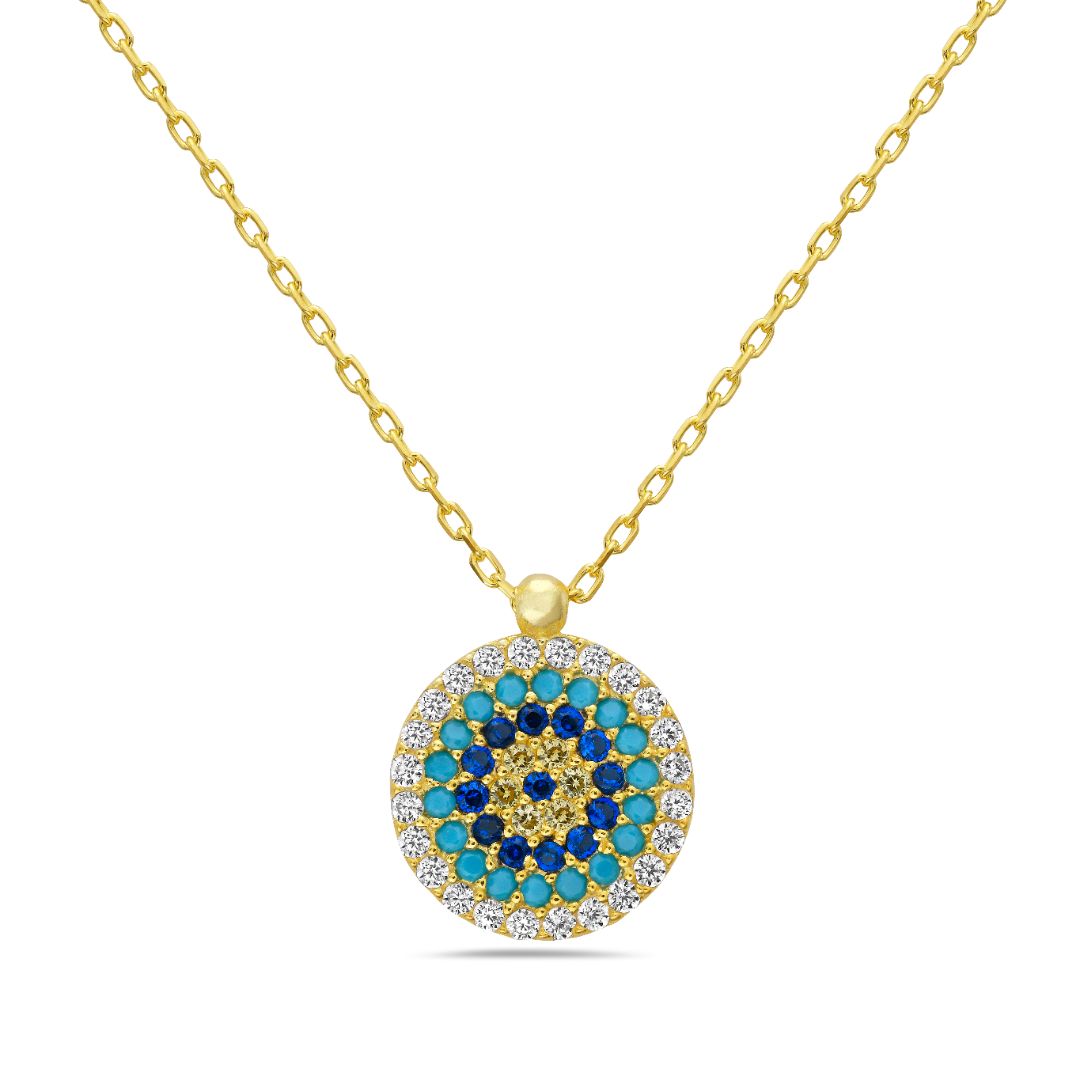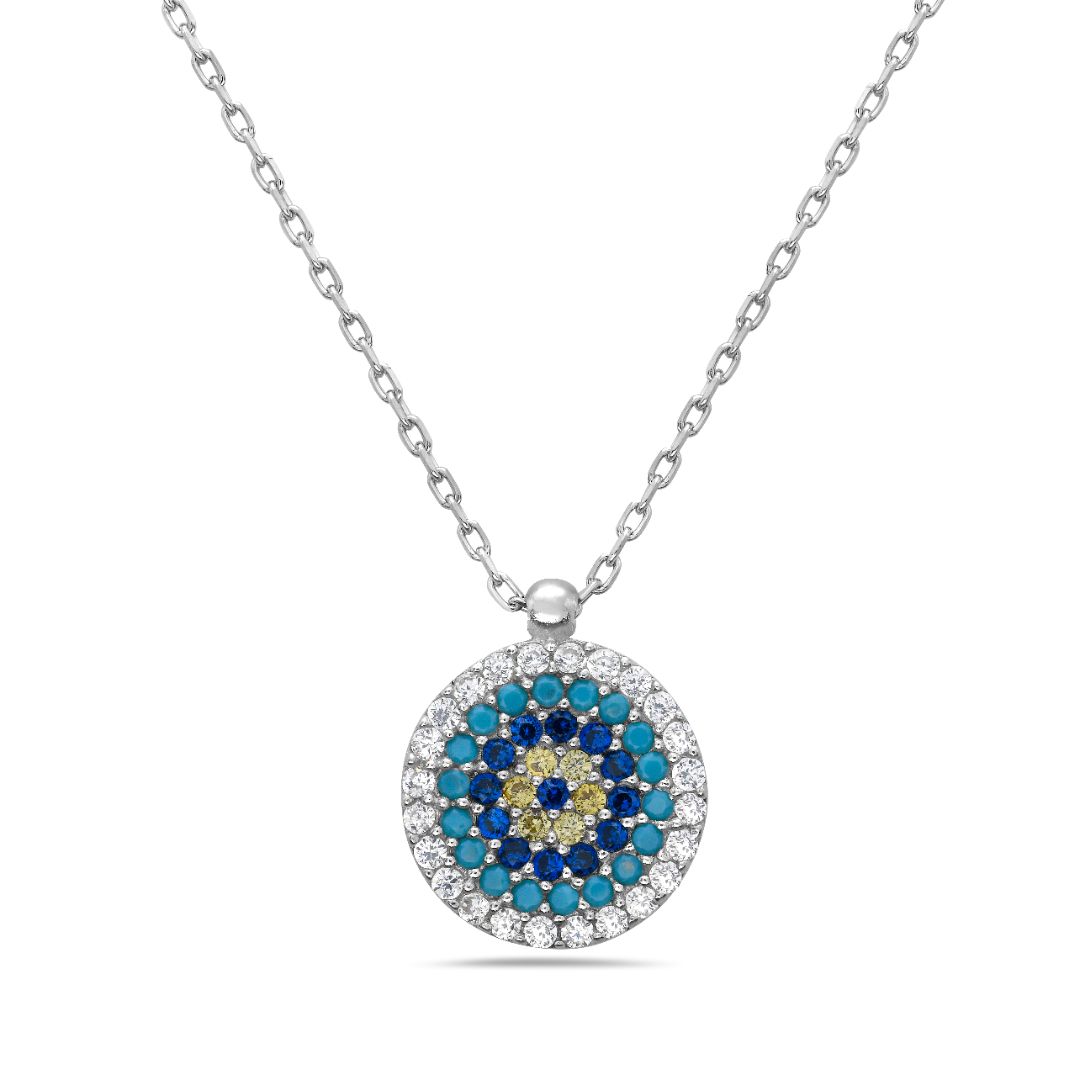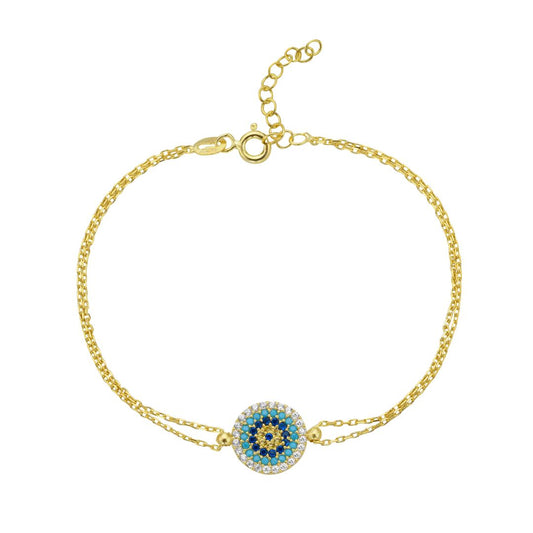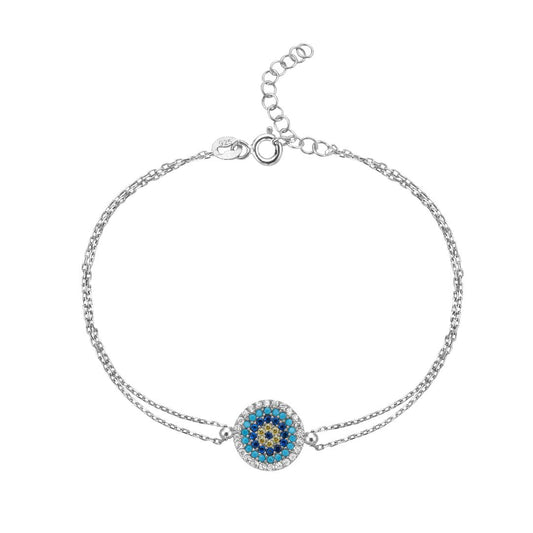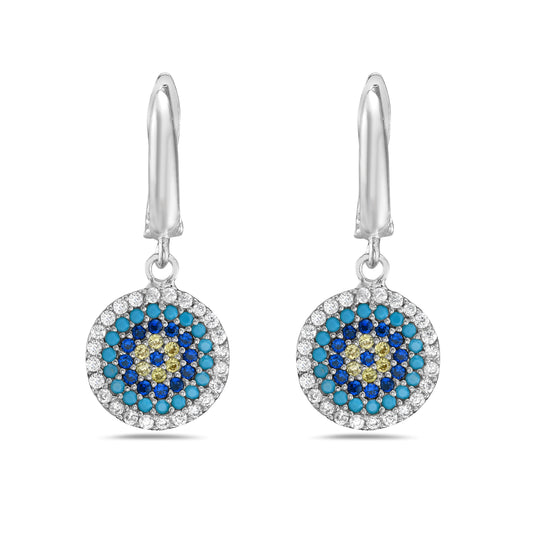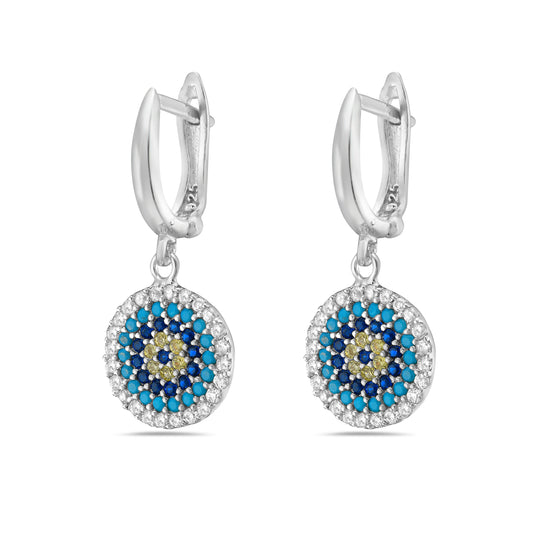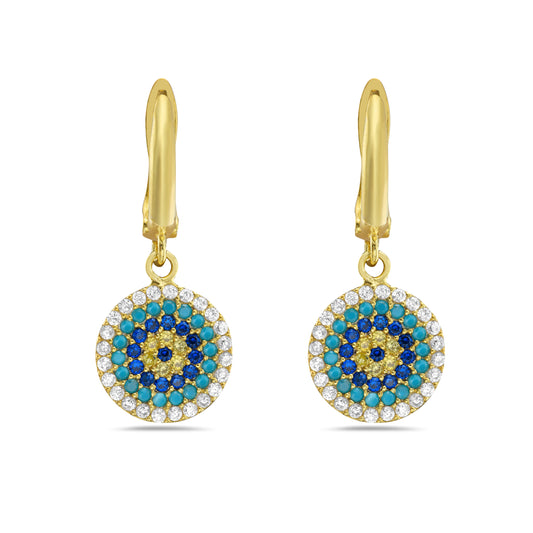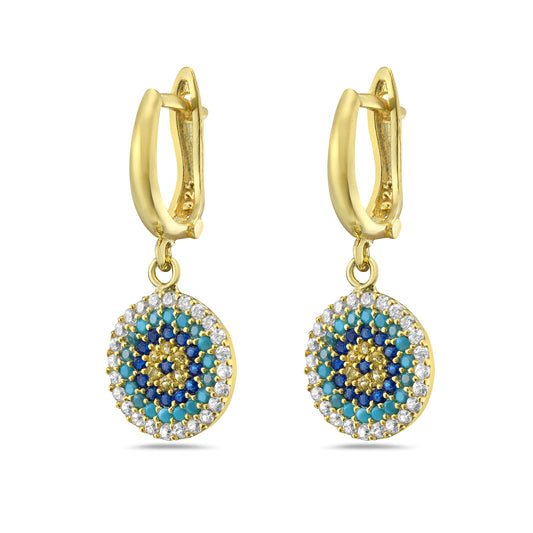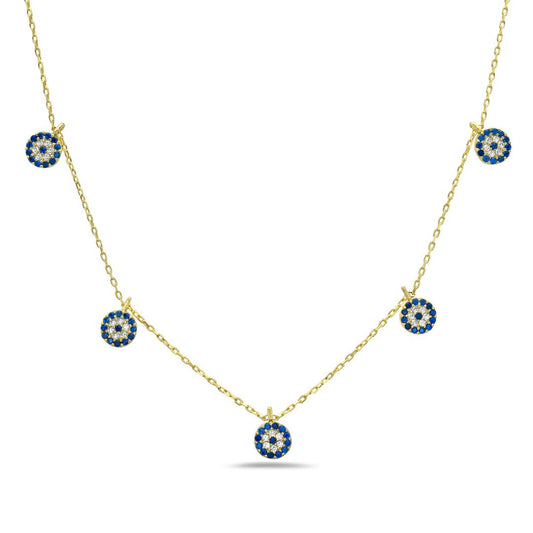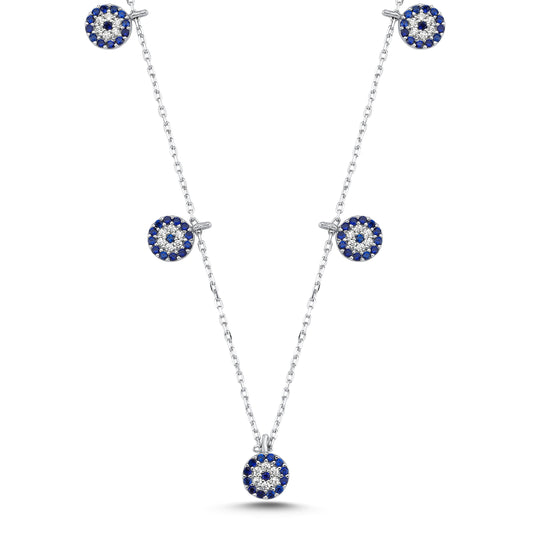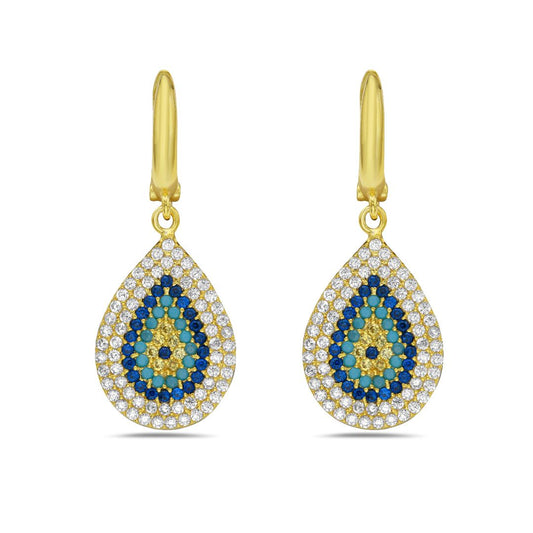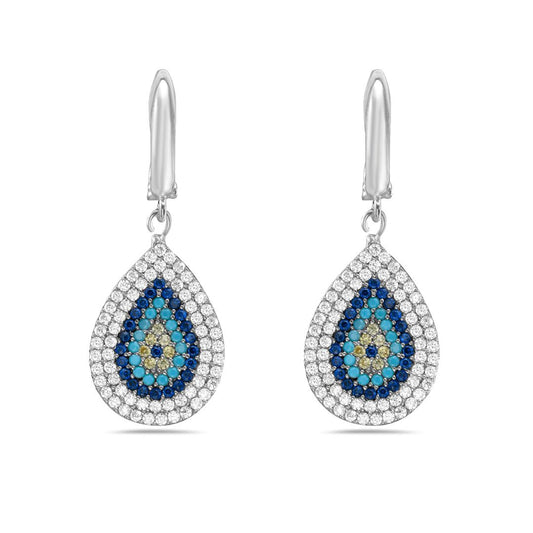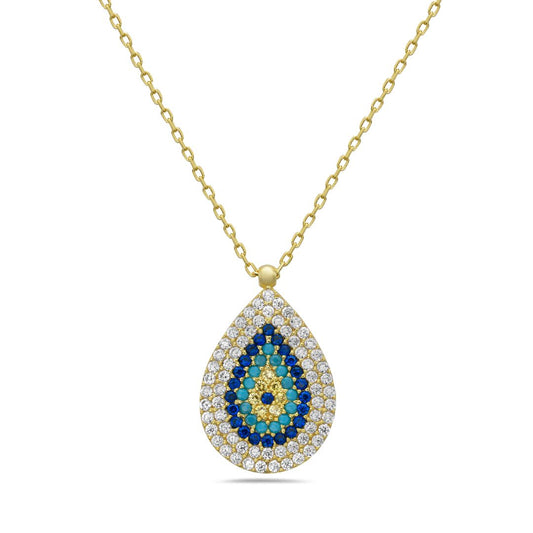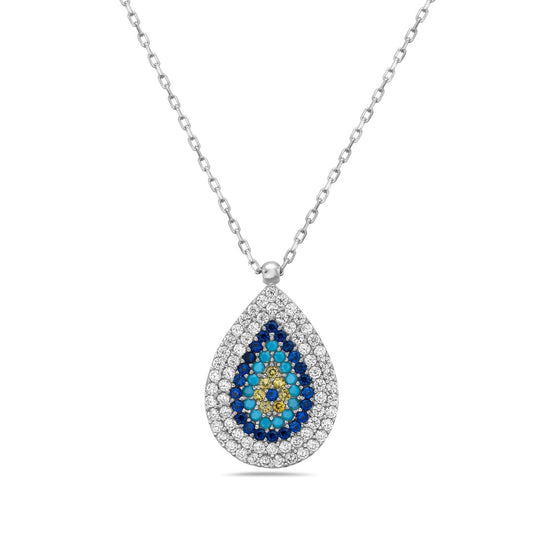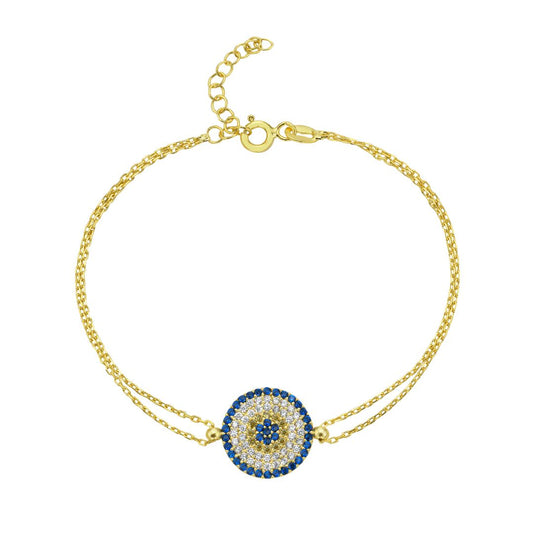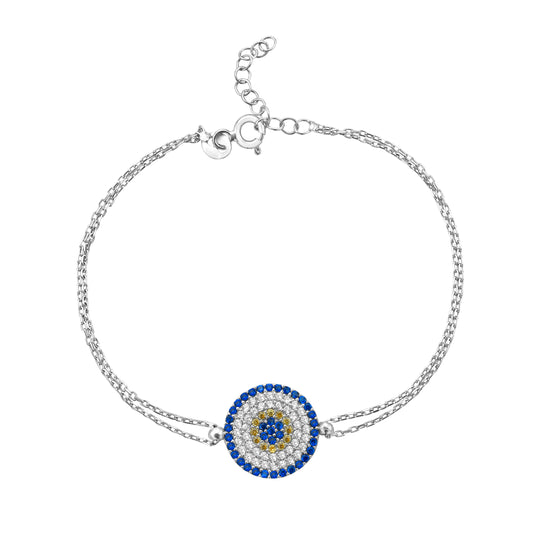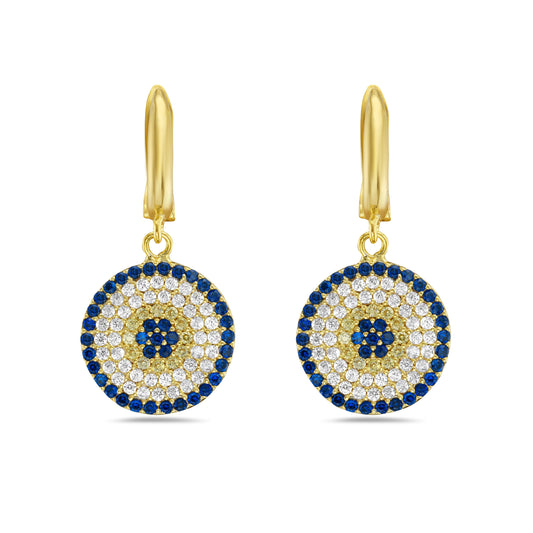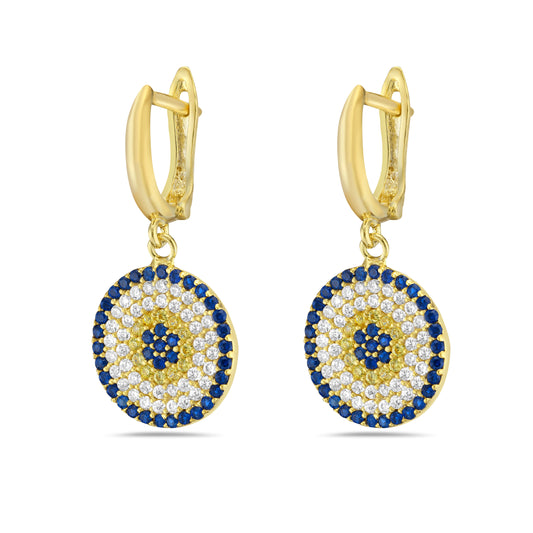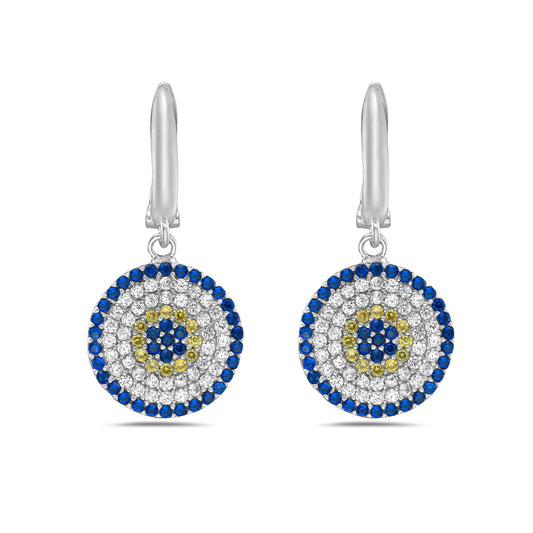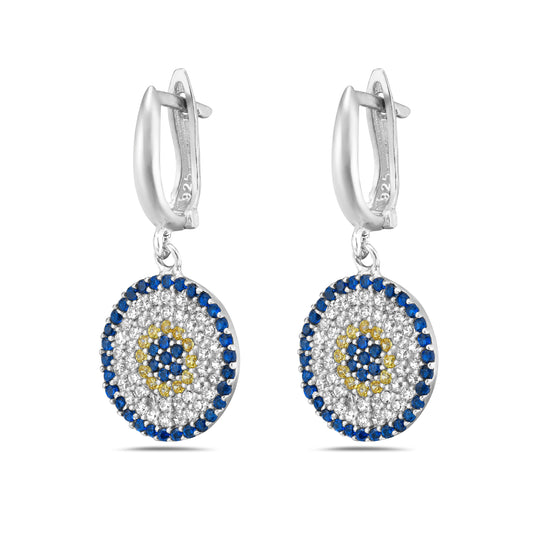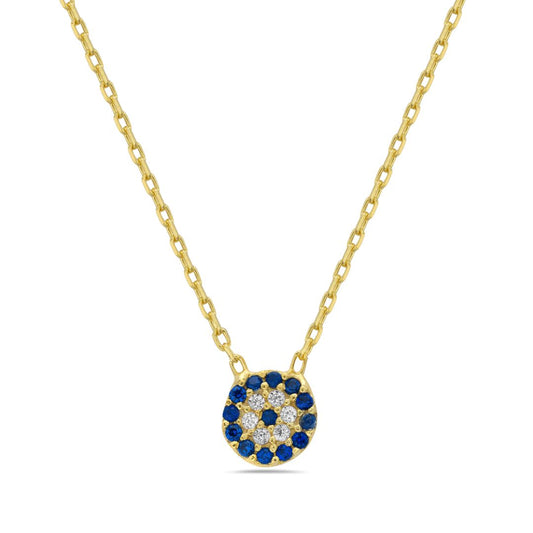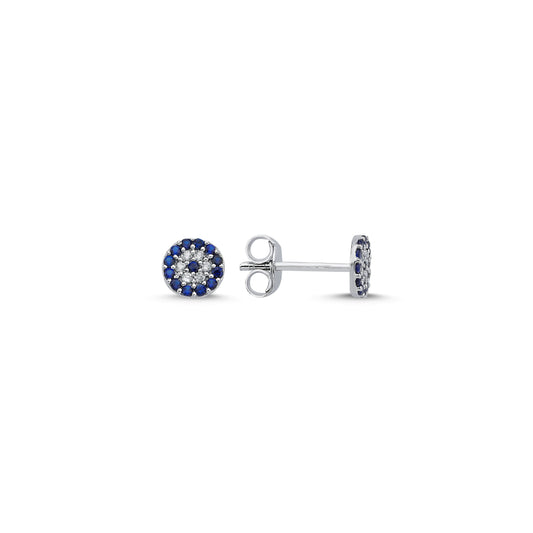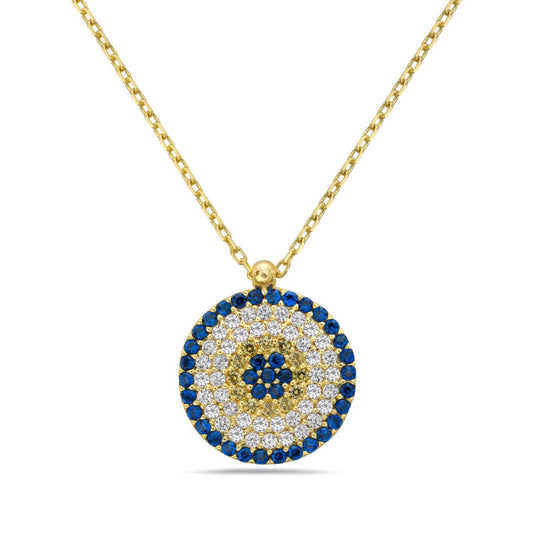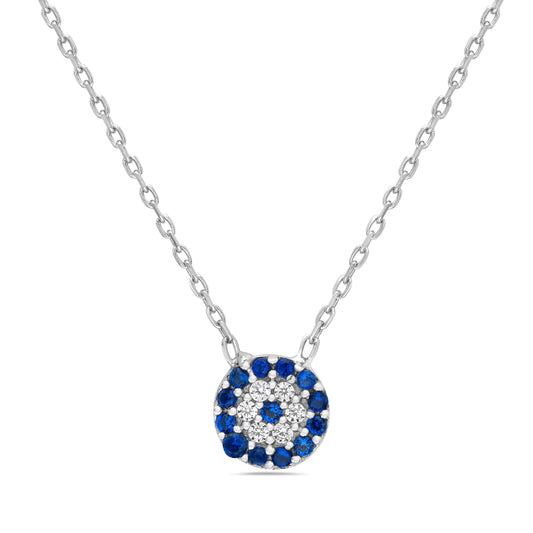Teresa Giudice
-
Bell Evil Eye Bracelet Gold Plated
Regular price $38.99Regular priceUnit price per -
Bell Evil Eye Bracelet Rhodium
Regular price $38.99Regular priceUnit price per -
Bell Evil Eye Earnings Sterling Silver
Regular price $56.99Regular priceUnit price per -
Bell Evil Eye Hanging Earings Gold Plated
Regular price $56.99Regular priceUnit price per
-
Stationed Evil Eye Necklace
Regular price $59.99Regular priceUnit price per -
Stationed Evil Eye Necklace in Rhodium-Plated Sterling Silver
Regular price $59.99Regular priceUnit price per -
Tia Tear Drop Evil Eye Hanging Earrings
Regular price $79.99Regular priceUnit price per -
Tia Tear Drop Evil Eye Necklace
Regular price $59.99Regular priceUnit price per
-
Beta Evil Eye Bracelet in 14K Yellow Gold Plated
Regular price $46.99Regular priceUnit price per -
Beta Evil Eye Bracelet in Rhodium-Plated Sterling Silver
Regular price $46.99Regular priceUnit price per -
Beta Evil Eye Earrings in 14K White Gold Plated
Regular price $69.99Regular priceUnit price per -
Beta Evil Eye Earrings in Rhodium-Plated Sterling Silver
Regular price $69.99Regular priceUnit price per
-
Baby Evil Eye Necklace in 14K Yellow Gold Plated
Regular price $29.99Regular priceUnit price per -
Baby Evil Eye Stud Earrings Rhodium Plating
Regular price $29.99Regular priceUnit price per -
Beta Evil Eye Necklace
Regular price $46.99Regular priceUnit price per -
Sterling Silver Baby Evil Eye Necklace with Rhodium Plating
Regular price $29.99Regular priceUnit price per
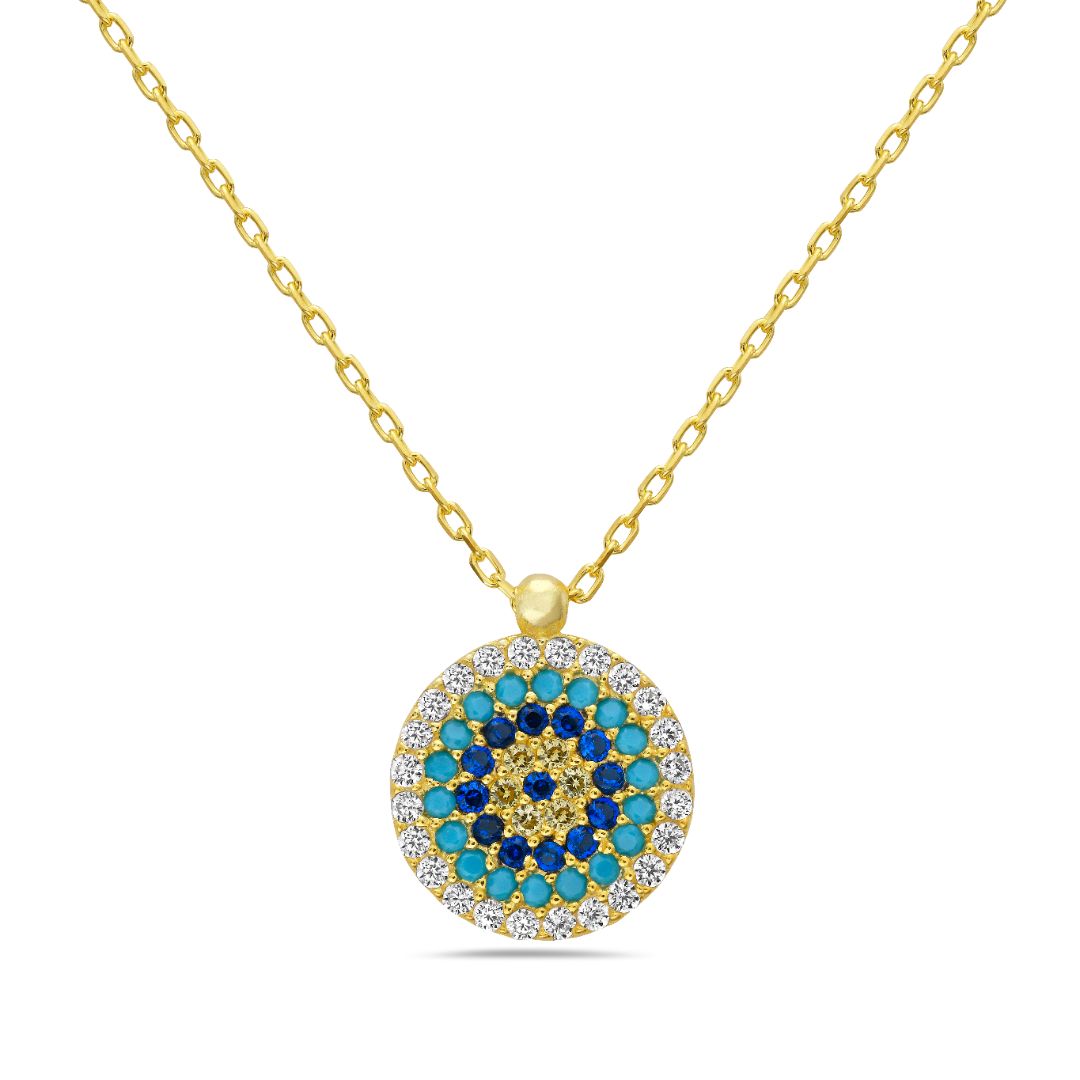
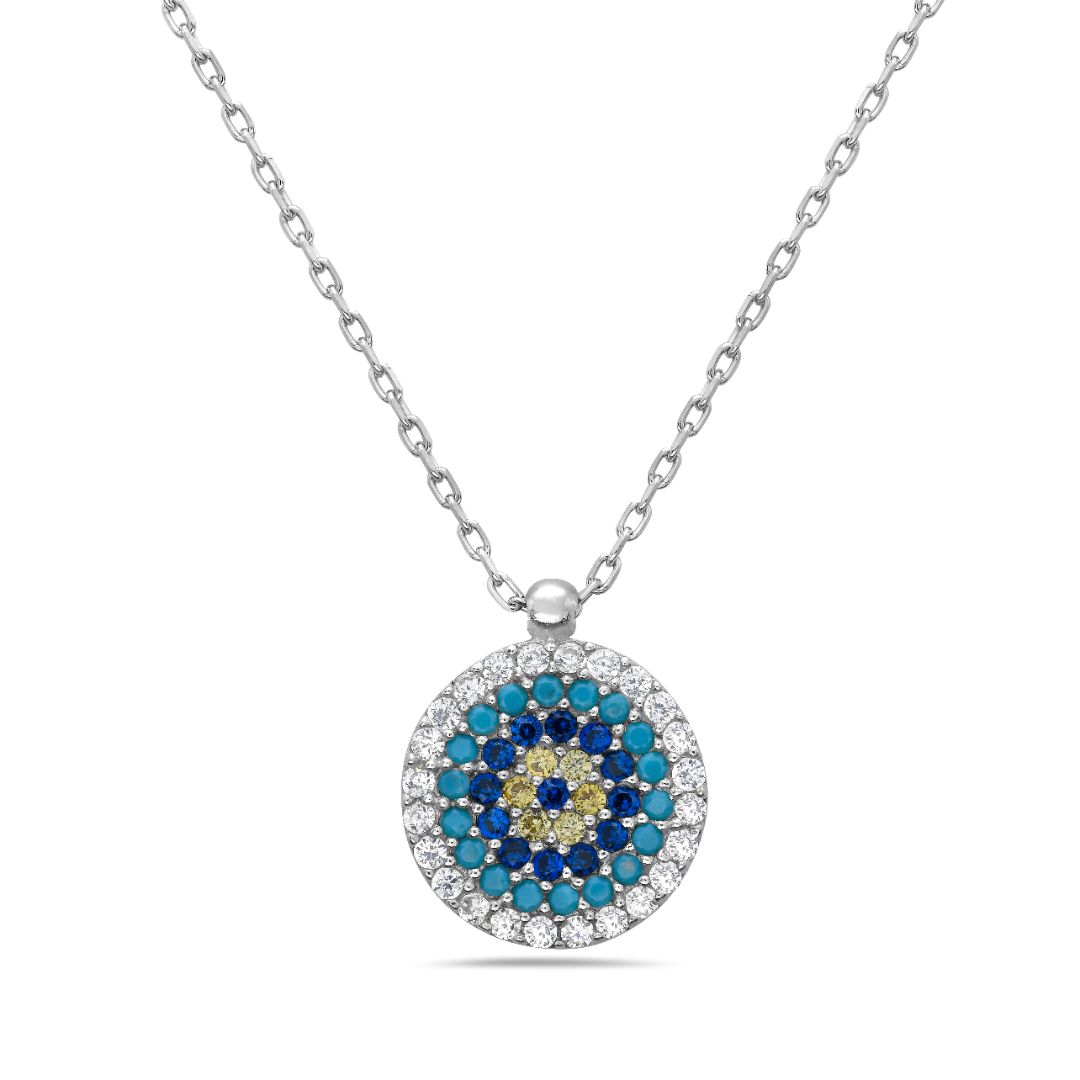
John Michaels
Bell Evil Eye Necklace
Regular price
$38.99
Regular price
Sale price
$38.99
Unit price
per
Shipping calculated at checkout.
